Rev. Dr. Marian Hatcher
Shared Hope Policy Consultant
Shared Hope International (SHI) has focused on demand deterrence and victim centered responses since its inception—clear-sighted that ending sex trafficking requires emphasis on both. One of the earliest research reports published by SHI, in association with the Hickey Foundation and Arizona State University, was the Demanding Justice Report in2014. This addressed demand for sex acts from children as well as enforcement efforts related to Commercial Sexual Exploitation of Children (CSEC).
That same year, I was privileged to be the recipient of the Pathbreaker Award for “determined leadership in pursuing the buyers of sex trafficking” on behalf of the Office of the County Sheriff, Thomas J. Dart. Since then, Shared Hope has continued to advocate for demand reduction, in particular by ensuring that laws against trafficking children and CSEC unambiguously include buyer conduct and include meaningful penalties to stifle demand.
This past January, Shared Hope ally Rights4Girls published new “Buyers Unmasked” research. As a survivor leader and expert on demand reduction, this was music to my ears! Not only did the release resonate with me as one who has participated in research of this type in the past, it resonated because it finally offered what survivors know all to personally: a look into the type of men who buy sex and the horrific impact they cause marginalized women and girls.
Demand is buyer driven, fueling and financing an industry built on intimidation, violence and lack of personal autonomy. The report uses the buyers own words to make clear their motivation and lack of concern or remorse for the buying of sex acts. I have personal experience with this, not only as a survivor, but as a civilian member of law enforcement.
From 2011 to 2019 I was responsible for coordinating the Cook County Sheriff’s Office National Johns Suppression Initiative. In that role I saw not only trends and attitudes, but the cooccurring dangers and criminal activities associated with sex buying.
Buyers would sometimes have children, even infants with them when to trying to purchase sex. I remember a buyer left his seven year old daughter in the car while they went into the motel. Another had an infant in the backseat while a loaded weapon was in the front seat.
While difficult to read, the sex buyers in this report reflect a community far from Hollywood’s Pretty Woman fairytale but rather embody the disturbing mantra of ‘your body, my choice.’ Their words reveal them to be fully aware and indifferent to signs of violence, trafficking, coercion, substance abuse and desperation in the women and girls they purchase for sex.”
Yasmin Vafa, Executive Director-Rights4Girls
Having collaborated with Yasmin since 2016, this report is a breath of fresh air. It addresses problems with the solution of the “Full Decriminalization” model which I have long espoused. This approach does not control or constrict the sex trade, it expands it trying to meet the supply. Fallout increases sex trafficking of adults and minors as well as increases organized crime.
The solution offered in the report is the “Survivor Model”, also referred to as the Swedish model, Nordic Model and Equality Model. The Survivor Model is in my opinion appropriate, as we are looking how we can best provide a solution for those involved in the sex trade to find their way out. The solution requires 1) exit strategies, 2) end exploitation by targeting demand for prostitution.
This report provides a roadmap that is hopeful, aligning with my personal and professional beliefs as a survivor leader as well as Shared Hope International’s principles. We look forward to partnering with Rights4Girls supporting this effort.
Don’t miss this opportunity to hear directly from Yasmin Vafa, Executive Director of Rights4Girls, at the Closing Plenary of JuST 2025:
“Buyers Unmasked: Exposing the Men Who Buy Sex & Solutions to End Exploitation.”
🔗 Register now for JuST 2025: Get Your Seat






